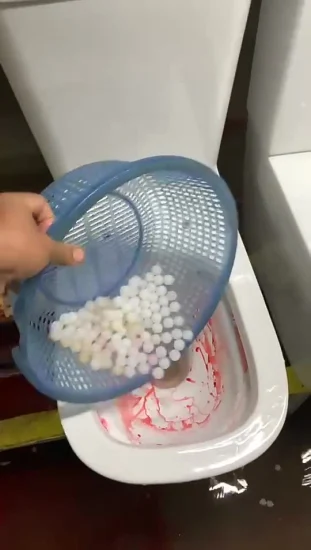The author is making a few great annotation regarding What Can Happen If You Flush Food Down the Toilet? as a whole in the article below.

Intro
Many people are often faced with the issue of what to do with food waste, particularly when it concerns leftovers or scraps. One common question that emerges is whether it's all right to flush food down the commode. In this write-up, we'll look into the reasons individuals could consider flushing food, the effects of doing so, and alternate techniques for correct disposal.
Reasons individuals could think about flushing food
Lack of understanding
Some people might not be aware of the potential injury caused by purging food down the commode. They might mistakenly think that it's a safe technique.
Ease
Purging food down the bathroom may appear like a quick and easy solution to getting rid of unwanted scraps, specifically when there's no nearby trash can readily available.
Negligence
In many cases, individuals might simply select to flush food out of large laziness, without considering the consequences of their activities.
Effects of flushing food down the toilet
Environmental influence
Food waste that winds up in rivers can contribute to air pollution and harm aquatic ecological communities. Additionally, the water used to flush food can strain water sources.
Pipes problems
Purging food can bring about clogged pipelines and drains pipes, triggering expensive plumbing repairs and hassles.
Types of food that should not be purged
Fibrous foods
Foods with fibrous structures such as celery or corn husks can obtain entangled in pipes and cause obstructions.
Starchy foods
Starchy foods like pasta and rice can take in water and swell, resulting in clogs in pipes.
Oils and fats
Greasy foods like bacon or food preparation oils should never ever be purged down the toilet as they can solidify and cause clogs.
Proper disposal approaches for food waste
Using a waste disposal unit
For homes outfitted with waste disposal unit, food scraps can be ground up and purged via the plumbing system. However, not all foods are suitable for disposal in this manner.
Recycling
Specific food packaging products can be recycled, reducing waste and lessening environmental effect.
Composting
Composting is an environment-friendly means to throw away food waste. Organic materials can be composted and made use of to enhance soil for horticulture.
The value of appropriate waste management
Minimizing environmental injury
Proper waste administration practices, such as composting and recycling, aid reduce contamination and protect natural deposits for future generations.
Shielding plumbing systems
By staying clear of the technique of flushing food down the commode, homeowners can protect against costly pipes fixings and preserve the stability of their pipes systems.
Final thought
To conclude, while it may be tempting to purge food down the commode for ease, it is essential to comprehend the potential effects of this action. By taking on appropriate waste management methods and dealing with food waste sensibly, individuals can contribute to healthier pipes systems and a cleaner setting for all.
FLUSH FOOD DOWN THE TOILET?
FLUSHING FOOD CAN CAUSE BLOCKED DRAINS IN YOUR HOME
All of the plumbing fixtures in your home are connected to the same sewer pipe outside of your home. This outdoor sewer pipe is responsible for transporting all the wastewater from your home to the Council sewer mains. Even small pieces of food that go down the kitchen sink can cause problems for your sewer. It should therefore be obvious that flushing larger bits of food, such as meat, risks a clog in either the toilet itself or the sewer pipes. Flushing greasy food is even more problematic because oil coagulates when it cools, coating the interior lining of your pipes.
THE TOILET IS NOT A BIN
Food isn’t the only thing that people shouldn’t be flushing down the toilet. People use the toilet to dispose of all kinds of things such as tampons, makeup wipes, dental floss, kitty litter and even underwear. Water goes to great lengths to educate residents about the high costs and stress placed on wastewater treatment systems simply from people flushing the wrong stuff down the toilet. It costs taxpayers millions of dollars each year, and homeowners thousands in blocked drain repairs.
FLUSHING FOOD IS A WASTE OF WATER
Flushing food is a waste of our most precious resource - water. In June this year Level 1 water restrictions were introduced to protect water supply from drought conditions. Much of New South Wales continues to be affected by prolonged drought with recent figures revealing up to 97 per cent of the state remains in drought. Depending on whether you have a single or dual flush toilet, every single flush uses between five and 11 litres of water. In the current climate this is a huge amount of water to be wasting on flushing food that should be placed in the bin (or better yet, the compost).
https://www.jabplumbingsolutions.com.au/blog/can-you-flush-food-down-the-toilet

We were guided to that article about Is it safe to flush food (especially rice) down the toilet? from someone on another blog. Sharing is nice. Helping others is fun. Thank you so much for taking the time to read it.
Booking Page